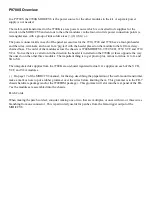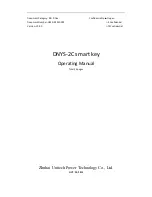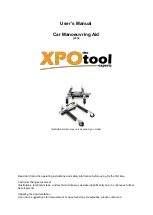
w w w . h a w k e y e e l e c t r o n i c s . c o m
STEP 1
Choosing a Mounting Location
To obtain the best performance, the transducer
should be mounted in a location where the water
flow beneath the hull is aeration and turbulence-free.
Try to mount the transducer as close to the
centerline of the boat as possible. Consult the boat
manufacturer for the best in-hull transducer
placement. If this information is unavailable, follow
the guidelines below.
A.
On a single drive outboard or inboard/outboard
boat, mount on the starboard side at least 4"
beyond the radius of the propeller.
B.
On a twin outboard or inboard/outboard boat,
mount between the drives, making certain that
the transducer is not directly in front of either
drive or propeller (avoid aligning directly in line
with the bottom of the boat if the hull comes to a
point).
C.
On an inboard boat, mount as far to the port or
starboard as possible so that the propeller
turbulence does not affect the performance of
the sensor.
D.
On a single jet drive boat, mount on the
starboard side at least 4” outside the intake
grate.
E.
On twin jet drive boats, mount on the center
line, between the intake grates (avoid aligning
directly in line with the bottom of the boat if the
hull comes to a point).
F.
On sailboats, mount on the starboard side at
least 6" outside the keel.
G.
On pontoon boats and catamarans, mount on
the starboard hull at least 2" outside the hull
protector or centerline.
H.
On PWC's, mount on the starboard side, at least
2" outside the intake grate.












































